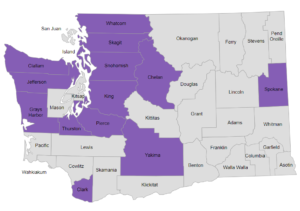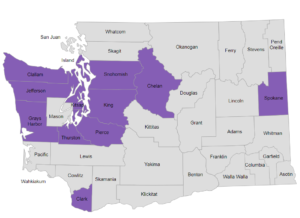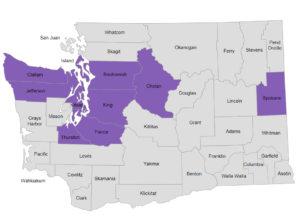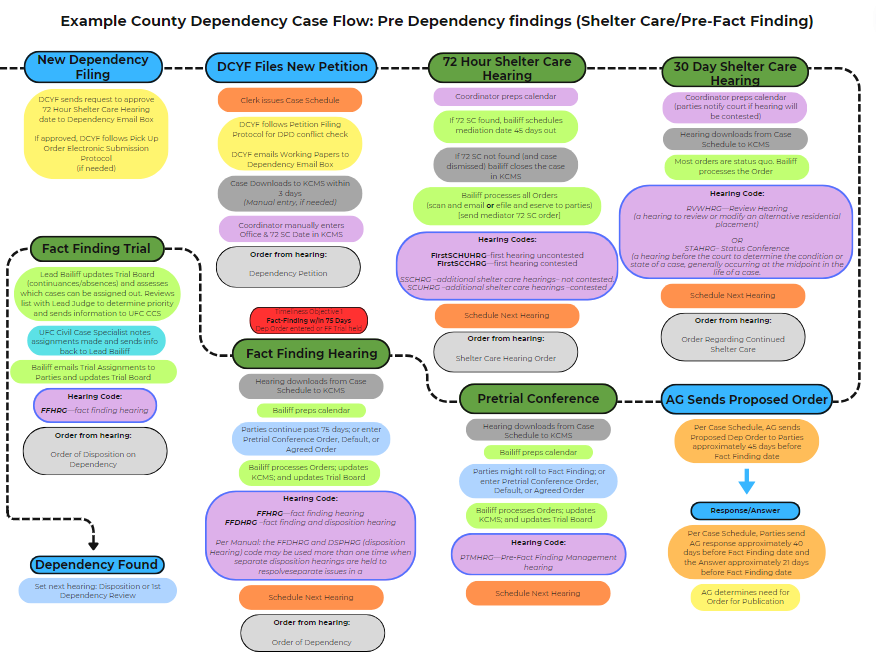You’ve collected data that points to a problem – how can you make changes to improve these statistics?
Here are two examples of Family Treatment courts working with demographic data that pointed to clear gaps in the outcomes for Family Treatment Courts:
The Sacramento County, California EIFTC found racial disparities in outcomes for children.
- Compared to White children, Black and American Indian children were less likely to remain at home.
- Black and American Indian children were also more likely than White children to experience repeat maltreatment after leaving the program.
Using this information, the leadership of EIFTC is developing strategies to address these disparities. See more about the evaluation here: Family Treatment Courts – Casey Family Programs
King County Family Treatment Court in Washington completed a process evaluation, an outcome evaluation, and a cost-effectiveness study with the University of Washington. Each of these ended in “Next Steps” for the team to consider in trying to improve the program.
To see more information about the evaluations, scroll down to the “Evaluation and Cost-Effectiveness” on this page: Family Treatment Court Program – King County.
If you aren’t sure where to get started, check our page of change management tools or put in a technical assistance request with the FTC Team at AOC and we will help point you in the right direction.





